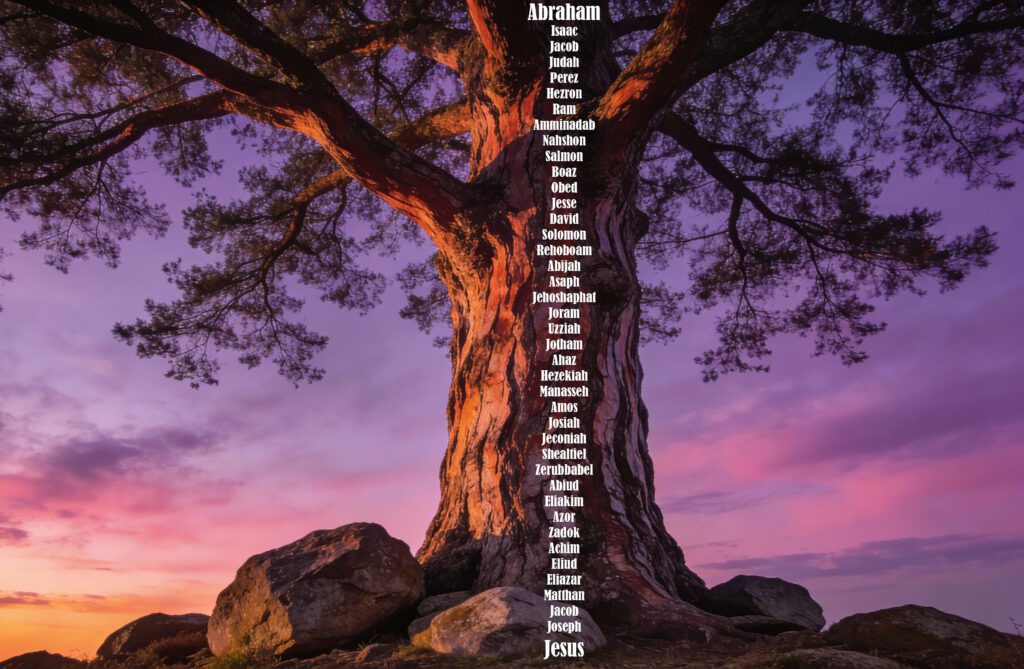If we are to look for a fitting title for the book of Revelation, we need not look beyond the first verse. John introduces it as the “Revelation of Jesus Christ.” According to most modern interpreters, a fitting title would be The Revelation of Tank Movements in the Middle East. But this is at variance with the real purpose of the book—to reveal a Person in all of His glory and majesty. Here, at the end of canonical history, God sends his New Covenant people a revelation of the beloved Son of God unparalleled in majesty and grandeur.
This revelation of a glorious Person is the key to understanding this book and is seen from the opening passage with the exalted vision of the Son of Man (Revelation 1:9-20). John was a prisoner banished to the island of Patmos when the attempt to kill him failed after throwing him into a caldron of burning oil. While worshipping on the Lord’s Day, he suddenly heard behind him “a loud voice like a trumpet” instructing him to write what he saw in a book and send it to the seven churches. These were actual churches located in the Roman province of Asia, which is modern-day Turkey. They include Ephesus, Smyrna, Pergamum, Thyatira, Sardis, Philadelphia and Laodicea. But before these letters were sent to the various churches, it was necessary that each church see the glorified Lord. That is why this opening chapter begins with this exalted vision.
We must realize this vision is not exactly what our Lord looks like. Jesus reveals himself here in the language of prophetic symbolism. These symbols reveal not what Jesus looks like, but what He is like. When John turns to see the voice that was speaking to him, he sees seven golden lampstands and walking among them, one like a “son of man’ (1:13). This is a clear reference to the Golden Lampstand which stood in the Holy Place in the Tabernacle and Temple. The Golden Lampstand was maintained by a priest whose responsibility it was to trim the wicks and keep it filled with oil. It is no wonder that once we see the lampstands, we immediately see One whose appearance is that of a priest. He is girded across his breast with a golden sash, signifying He has entered his perfect rest. If he was girded across his loins, it would be for action, but since He has ascended, He has entered His perfect rest.
In the next part of the vision, John sees that “the hairs of his head were white, like white wool, like snow” (1:14). White hair speaks of age. This One has been around for a long time. The book of Proverbs speaks of those whose hair is gray and who have gained wisdom (Proverbs 20:29). This is the Ancient of Days who has all wisdom; there is nothing that He doesn’t know. “His eyes were like a flame of fire” (1:14b). He has eyes that look through us, through the sham and pretense. His eyes see all, and nothing is hidden from his sight. This will become evident when he walks among the lampstands (churches), telling each church what he sees.
“His feet are like burnished bronze” (1:15). Throughout Scripture, bronze typifies judgment. We will never understand the Revelation if we do not understand His judgment. “His voice was like the roar of many waters” (1:15b). John is describing the majesty of his voice; he had never heard anything like it. “In his right hand he held seven stars” (1:16). He will shortly tell John the meaning of the seven stars—they are the angels of the churches. “From his mouth came a sharp two-edged sword” (1:16). This is clearly a reference to Isaiah 49:2: “He has made my mouth like a sharp sword.” That can only mean one thing: The Word of God spoken by the servant will conquer everything that opposes the King. The Son of Man is portrayed here as a warrior and a judge who conquers all obstacles, from the Church’s external enemies to the human heart.
Finally, John sees his “face was like the sun shining in full strength” (1:16b). His face is too bright to look at. This means you can’t really know Him or see Him. This reminds us of what the apostle Paul said about Him: “Who alone possesses immortality and dwells in unapproachable light; whom no man has seen or can see” (I Timothy 6:16). No one can know who this is unless he chooses to reveal Himself.
When John sees Him, he falls down at His feet, though dead (1:17). The one who laid his head in His bosom at the Passover is now slain in His presence. Like the prophet Isaiah, who was thoroughly undone at the vision of the Holy One (see Isaiah 6), so the revelation of the exalted Son of Man is too much for John to handle.





0 Comments